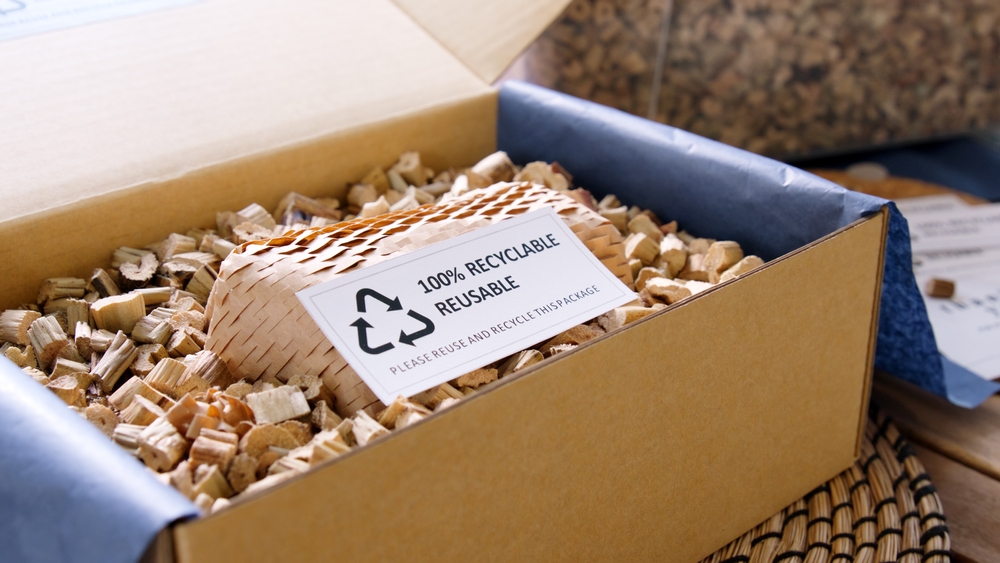How smart businesses and retailers are leading the charge towards a greener future
Businesses are embracing eco-friendly strategies to win Gen Z and Millennial consumers, boost brand value, and reduce environmental impact

Smart businesses recognize the growing environmental concerns among millennials and Gen Z. Design blog Crowdspring noted how pollution remains a global health issue, prompting businesses to adopt eco-friendly strategies in product design, packaging, and marketing. Such approaches not only benefit the planet but also improve the company’s reputation, with 92 percent of consumers having a more positive image of environmentally supportive businesses.
Incorporating sustainable design principles can help both established companies and startups differentiate themselves and save money while minimising environmental impact. Key areas to focus on are product packaging, brand identity, and website design, which contribute significantly to waste and carbon footprint.
According to The Design Digest on LinkedIn, designers are embracing the challenge of shaping a sustainable future by using eco-friendly materials, integrating renewable energy solutions, and reimagining sustainable packaging. Success stories from various organisations prove that sustainability and profitability can go hand in hand.
Through these collective efforts, sustainable design becomes a powerful catalyst for positive change, fostering a greener future for both businesses and the planet. Embracing sustainable design principles creates a harmonious relationship between humanity and the environment, leaving a legacy of inspiration and responsible stewardship for future generations.
The retail industry is experiencing significant changes due to global issues impacting supply chains, labour markets, and consumer behaviours. Architectural design page Gensler reported sustainability has become a major concern for consumers, particularly Gen Z, who demand transparency and active participation in sustainable practices from retailers. Purpose-driven consumers, who prioritise brands aligning with their values, represent a large consumer segment willing to pay a premium for sustainable products.
Brands that embrace sustainability have seen commercial success, with purposeful companies growing faster in brand value over time. Architects and designers play a crucial role in guiding retailers towards a sustainable future through eco-friendly physical store design. Brick-and-mortar stores remain vital in the omnichannel experience, so linking sustainability efforts to customer experience can enhance brand value. Here are ten considerations for retailers to implement sustainable design strategies in brick-and-mortar stores:
- Prioritise locations with pedestrian access and public transit to support lower-carbon transportation.
- Preserve and celebrate existing materials to reduce the embodied carbon of the store.
- Consider longer lease terms and select timeless construction materials to limit waste and demolition.
- Use flexible fixtures and layouts to reduce redesigns and maximise reconfigurability.
- Optimise energy usage through renewable energy sources and advanced lighting controls.
- Source local, non-toxic, and recyclable construction materials.
- Specify manufacturers with verified Social Responsibility Reports and embodied carbon assessments.
- Utilise AR and VR technology to reduce the carbon footprint and improve the omnichannel experience.
- Provide in-store services that encourage recycling and upcycling to close the loop on waste.
- Enhance in-store brand experiences to transparently communicate sustainability efforts.
Retailers must work collaboratively with customers and suppliers to redefine industry standards and prioritise sustainability in their products and services for a more sustainable future.
The Property Report editors wrote this article. For more information, email: [email protected].
Recommended
6 green real estate projects reshaping Asia’s future
Developers are being incentivised to push a green agenda into daring new realms
ARES White Paper Volume 3: The era of adaptive reinvention
Pioneering sustainable and innovative practices in urban development
ARES White Paper Volume 2: Unravelling the power of data revolution in real estate
Insights on proptech, smart cities, and sustainable development
ARES Digital White Paper Volume 1: The fundamentals of responsible building
Green and climate heroes join forces to discuss how Asia Pacific can weather the current environmental crises and the looming effects of climate change






